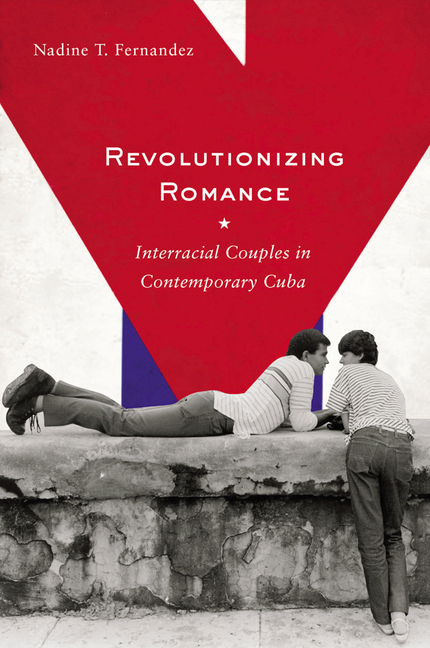Mai i ngā Ao e Rua–From Two Worlds: An investigation into the attitudes towards half castes in New ZealandPosted in Anthropology, Dissertations, Identity Development/Psychology, Media Archive, Oceania, Social Science on 2010-10-21 03:14Z by Steven |
University of Otago, Dunedin
October 2006
91 pages
Suzanne Boyes
A dissertation submitted in partial fulfilment of the degree of Bachelor of Arts (Honours), in Māori Studies at the University of Otago, Dunedin
This dissertation investigates the attitudes of others’ experienced by ‘half-caste’ or biethnic people of New Zealand, that is, people who have both Māori and Pākehā heritage. The dissertation combines the personal narratives of four half-caste people, my own story, and historical/theoretical literature to illuminate this subject. The dissertation introduces the topic by firstly, discussing the current identity politics in New Zealand, which has tended to dominate the political landscape as of late, and left half-caste people between the crossfire. Secondly, I introduce part of my own story as a half-caste person in New Zealand. In Chapter one, the pre-colonial origins of attitudes towards race, intermarriage and miscegenation are examined through an analysis of religious and scientific discourses. Chapter Two provides a basic understanding of Māori and Pākehā identity as separate entities, with the aim of demonstrating the binary opposites that have informed attitudes towards half-castes in New Zealand. The third chapter outlines a number of themes regarding attitudes towards the half caste people I interviewed as part of this research. The final chapter brings together literature and interview material through the lens of a Bill of Rights for Racially Mixed People to provide an approach for looking towards the future of half-caste identity politics.
Read the entire dissertation here.


